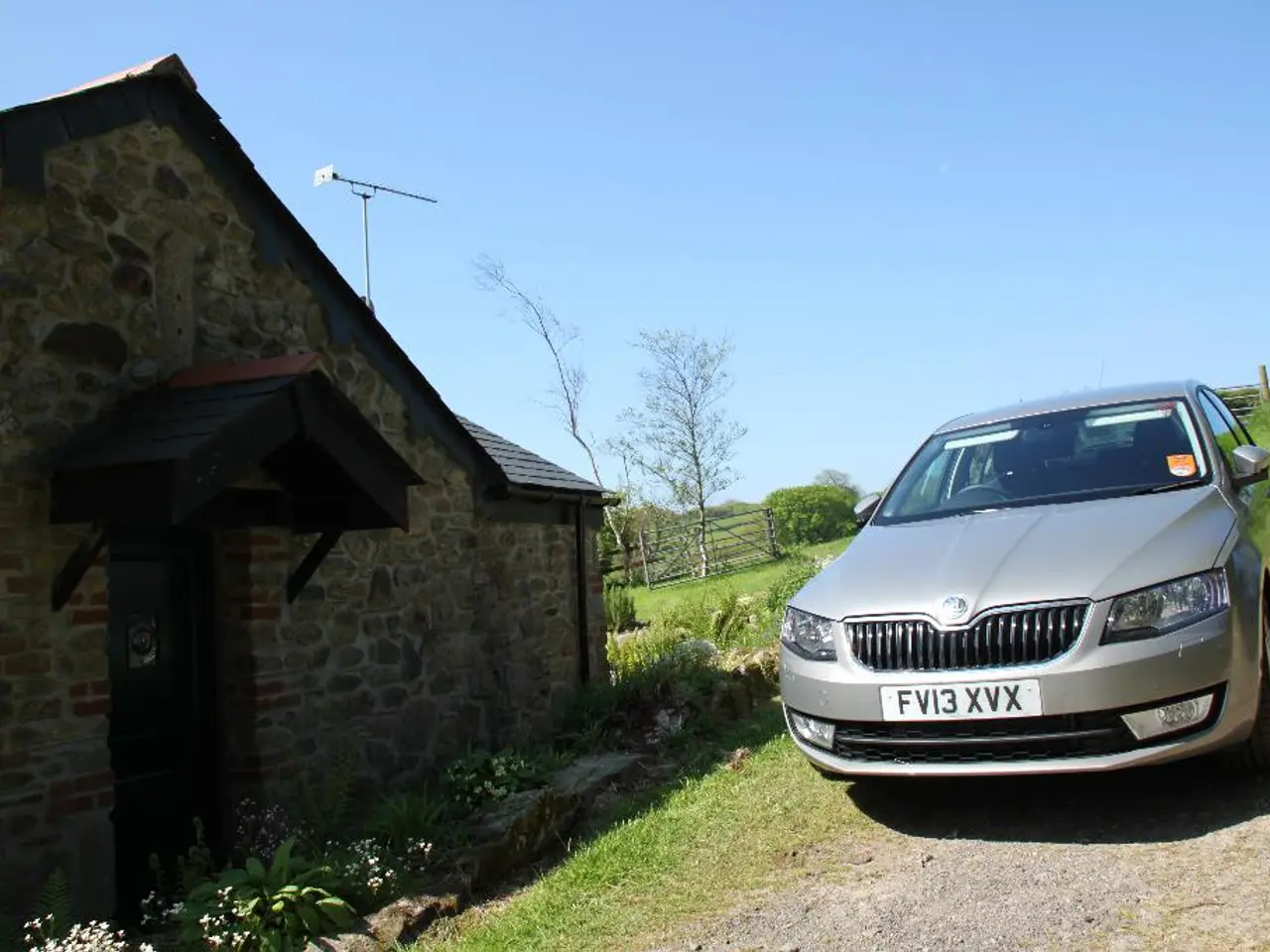Strategies to Monitor Weather Phenomena via Outdoor Observations, Stimulating Awe and Curiosity
In the quest to better understand the ever-changing weather patterns, setting up a personal weather station can be a rewarding endeavour. Here's a step-by-step guide to help you establish your very own weather station for accurate outdoor observations.
- Choose the Right Location
Select an open area that is free from buildings, trees, or any obstructions that could interfere with airflow or sunlight. This ensures your data reflects true local weather conditions without any interference from nearby structures.
- Mount Sensors at Recommended Heights
- Temperature and humidity sensors should be placed about 4 to 6 feet above the ground in a shaded, well-ventilated enclosure to prevent direct sun or rain from biasing measurements.
- Wind sensors (anemometers and wind vanes) should be mounted higher, typically 10 to 33 feet above ground, away from obstacles to avoid turbulence.
- Install a Sturdy Mounting System
Use a metal pole or bracket that can withstand wind and weather. Securely attach all sensors to avoid movement or damage caused by the elements.
- Use an Integrated Weather Station Kit
Modern stations often combine temperature, humidity, wind speed and direction, rainfall, barometric pressure, and solar radiation sensors. Solar-powered options offer self-sustaining operation and remote data communication.
- Connect and Calibrate the System
- Set up wireless communication between sensors and the base console (commonly RF at 915 MHz or similar).
- Link the base console to your home Wi-Fi network for internet data transmission and remote monitoring via smartphone or computer apps.
- Calibrate sensors according to the manufacturer’s instructions to ensure accuracy.
- Ensure Proper Shielding and Ventilation
Use radiation shields or ventilated enclosures for temperature/humidity sensors to minimize heat bias and maintain air circulation.
- Monitor and Maintain Regularly
Periodic sensor cleaning, battery replacement, and software updates help maintain accuracy and reliability over time.
Popular personal weather stations like the Ambient Weather WS-2902 or AcuRite Atlas include comprehensive sensor arrays and Wi-Fi connectivity, making setup and remote monitoring straightforward.
In summary, a well-placed, correctly mounted, properly shielded, and calibrated multi-sensor weather station with wireless connectivity is the key to accurate outdoor weather observations. Happy observing!
- To ensure the environmental-science data gathered by your weather station remains accurate, it's essential to monitor and maintain your personal weather station regularly by performing periodic sensor cleanings, battery replacements, and software updates.
- For comprehensive weather observations, consider investing in a modern integrated weather station kit that includes sensors for temperature, humidity, wind speed and direction, rainfall, barometric pressure, and solar radiation, like the Ambient Weather WS-2902 or AcuRite Atlas.








